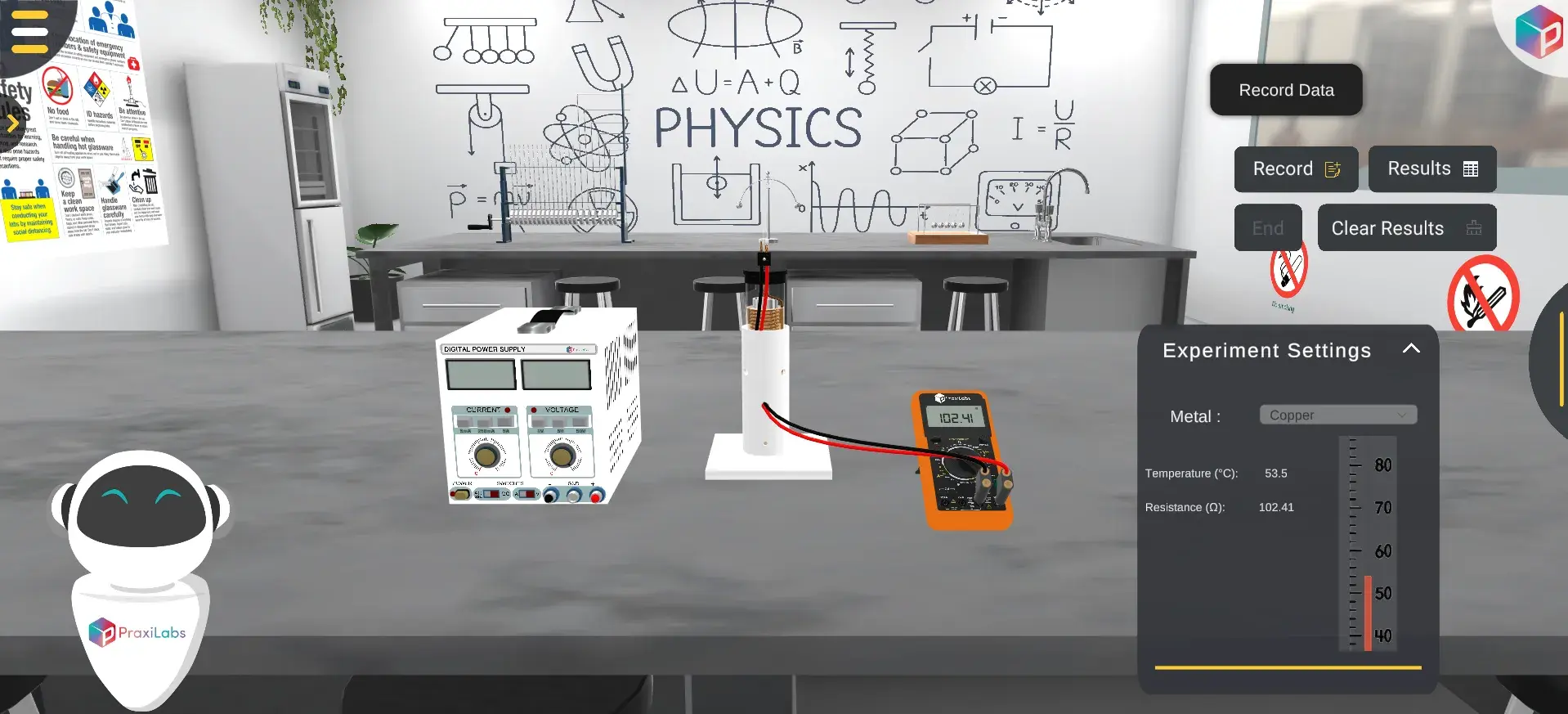“With the onset of the COVID-19 pandemic, we found
ourselves in a situation that forced
us to act quickly to find the best solution available
to provide our students with a quality
molecular genetics laboratory experience.”
Korri Thorlacius, B.Sc.
Biology Laboratory Instructor
Biology Department
Kwantlen Polytechnic University
'' Although there are now several vendors offering virtual reality software for physics labs,
there is only one that offers a realistic, I feel like I’m in a real lab, solution: PraxiLabs.''
Dr. William H. Miner, Jr.
Professor of Physics
Palm Beach State College
Boca Raton, FL
" PraxiLabs offered my students a chance to actively engage with the material.
Instead of watching videos on a topic,
they could virtually complete labs and realize the practical applications of class topics.
This is a quality alternative to in-person labs."
Crys Wright
Teaching Assistant
Texas A&M University, USA
"Great user experience and impressive interaction,
I am very pleased to have tried the simulations and will continue to do so."
Dr. Khaled M Goher
Lecturer in Biomedical Engineering
Aston University, UK



















